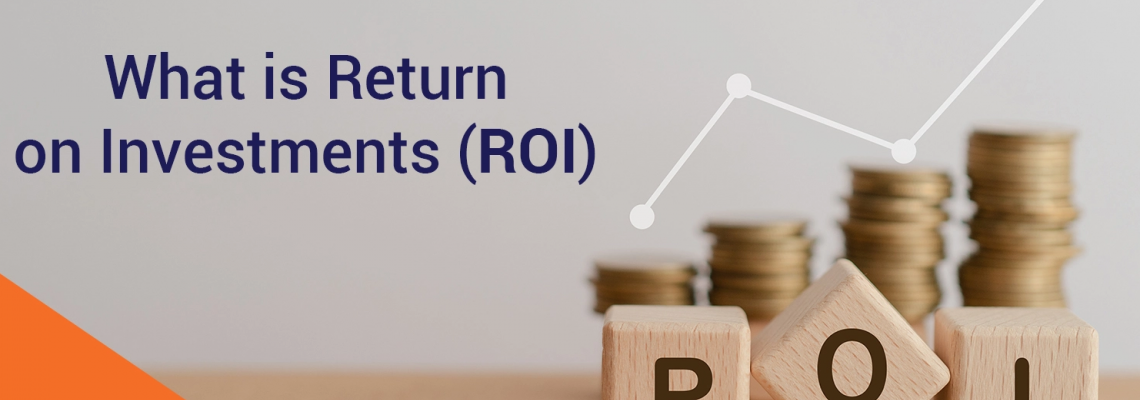
In horticulture, lighting plays a role far greater than simply illuminating crops; it’s an investment that shapes yield, energy efficiency, and long-term profitability. For decades, High-Pressure Sodium (HPS) lights dominated the industry. Their relatively low upfront cost, proven track record, and easy availability made them the go-to choice for greenhouses and indoor farms worldwide. For growers seeking to minimize initial expenses, HPS appeared to be a practical and reliable solution.
However, the landscape has changed. LED grow lights are now redefining horticultural lighting by offering higher energy efficiency, extended lifespans, and advanced technological capabilities. Unlike HPS bulbs, LEDs maintain consistent light quality for tens of thousands of hours while consuming significantly less electricity and generating far less heat. This not only reduces utility bills but also lowers cooling requirements, helping growers cut operational costs.
Moreover, modern LEDs bring features like tunable spectrums, dimming options, and smart control tools that allow farmers to tailor lighting strategies to specific crops and growth stages. While the upfront investment is higher, the long-term return in energy savings, reduced maintenance, and improved crop performance makes LEDs an increasingly compelling option.
The question growers now face is clear: short-term savings with HPS or sustainable long-term gains with LEDs?
The Upfront Appeal of HPS Lighting
HPS lights are attractive because of their low initial cost. A grower can set up a facility quickly and affordably without committing to high capital expenses.
Lower fixture costs: HPS fixtures often cost significantly less than LED grow lights.
Established infrastructure: Many farms are already wired and designed for HPS, reducing setup complexity.
Proven performance: For decades, HPS lights have delivered reliable results, especially for flowering crops like tomatoes and cannabis.
But these advantages are short-lived. Once energy use, bulb replacement, and maintenance are factored in, the economics shift dramatically.
The Hidden Costs of HPS
While cheap upfront, HPS systems come with recurring expenses that chip away at profits over time.
High Energy Consumption:
HPS fixtures waste significant power as heat. They require more wattage to achieve the same light intensity as LEDs, leading to higher utility bills.
Excess Heat Management:
The heat from HPS lights often forces growers to invest in costly cooling systems. This not only drives up operational costs but also reduces sustainability.
Frequent Bulb Replacements:
HPS bulbs typically last 10,000–20,000 hours, meaning replacements are needed every year or two. This adds both cost and labor.
Declining Performance:
Even before burning out, HPS bulbs lose efficiency, delivering less usable light over time.
When tallied over several years, these factors make HPS a less cost-effective choice than it initially appears.
The Long-Term Value of LEDs
LEDs come with a higher upfront cost, but their design provides substantial savings across the lifespan of the system.
Energy Efficiency:
LEDs convert far more electricity into usable light (measured as µmol/J). This means lower electricity bills for the same or better yields.
Low Heat Output:
By running cooler, LEDs reduce the need for intensive cooling systems. This saves energy and minimizes plant stress.
Extended Lifespan:
LEDs typically last 50,000 hours or more, two to five times longer than HPS bulbs. This eliminates the need for frequent replacements and maintenance costs.
Consistent Performance:
Unlike HPS, LEDs maintain light quality over time, ensuring consistent plant growth and higher yields.
Advanced Features:
Many LED systems offer tunable spectrums, dimming, and smart control tools that optimize light for specific crops and growth stages. These features maximize yield potential while fine-tuning energy usage.
ROI Comparison: HPS vs. LED
Let’s consider an example of a 10,000-square-foot indoor farm:
HPS Setup:
Fixture cost: $150,000
Energy use: 1,000 kWh per day
Annual bulb replacement: $30,000
Cooling costs: $25,000 annually
5-year total cost: ~$600,000
LED Setup:
Fixture cost: $300,000
Energy use: 600 kWh per day
Bulb replacement: negligible over 5 years
Cooling costs: $10,000 annually
5-year total cost: ~$500,000
Despite double the upfront cost, LEDs deliver a $100,000 savings over 5 years. Factor in higher yields and better quality crops, and the ROI grows even stronger.
Beyond Dollars: Operational & Environmental ROI
While cost is critical, ROI isn’t only about finances. LEDs offer additional advantages that HPS can’t match:
Crop Quality: Tunable spectrums can be tailored for leafy greens, fruiting crops, or cannabis, improving flavor, potency, and market value.
Worker Comfort: Cooler lights create a safer, more comfortable work environment.
Sustainability: Lower energy use and reduced waste align with eco-friendly practices, which can attract premium buyers and meet regulatory requirements.
Scalability: Modular LED systems adapt easily to expansions and vertical farms.
These non-monetary benefits add significant long-term value that strengthens the business case for LEDs.
When Does LED Pay Off?
For many growers, the payback period for LEDs is 2–4 years, depending on energy rates, crop type, and scale of operation. After this point, the savings accumulate rapidly, creating a competitive advantage.
HPS might make sense for very short-term or budget-limited projects, but for any grower planning for longevity, LEDs are the clear choice.
The Future is LED
The economics, sustainability, and performance all point in the same direction: LEDs are the future of horticultural lighting. As technology advances, costs continue to drop while efficiency and features improve, making the decision easier each year.
For growers evaluating their lighting investments, the takeaway is clear: HPS may save you money upfront, but LEDs will grow your profits and your crops far better in the long run.
Conclusion
Lighting is one of the largest operational expenses in controlled environment agriculture, but it’s also one of the easiest areas to improve ROI. While HPS systems lure growers with upfront savings, their hidden costs quickly erode profitability. LEDs, by contrast, demand a higher initial investment but pay back many times over through lower energy bills, fewer replacements, reduced cooling needs, and higher yields.
In the ROI showdown of HPS vs. LED, the winner is unmistakable. LEDs aren’t just a cost-saving choice, they’re a future-proof investment in sustainability, productivity, and long-term growth.

Leave a Comment